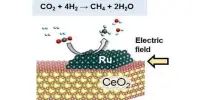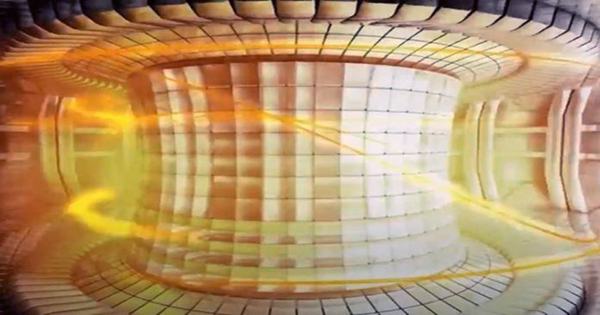Perovskite solar cells have received a lot of attention due to its great efficiency and low cost of solar energy gathering. Perovskite solar cells are those that use perovskite-structured materials as the active layer to harvest light.
A research team has made significant breakthroughs in the stability and efficiency of perovskite solar cells.
A team of researchers from UNIST’s School of Energy and Chemical Engineering, led by Professors Sung-Yeon Jang, Jungki Ryu, and Ji-Wook Jang, collaborated with Professor Sang Kyu Kwak from Korea University to achieve remarkable advances in the stability and efficiency of perovskite solar cells. Their pioneering work not only sets the door for the commercialization of perovskite solar cells (PSCs), but it also holds tremendous promise for green hydrogen generation technology, ensuring long-term operation at high efficiency.
We have dramatically increased the long-term stability of tin-lead PSCs. Our goal is not only to convert light energy into electrical energy but also to develop eco-friendly methods for producing basic chemicals, such as hydrogen, which form the foundation of various industries.
Professor Sung-Yeon Jang
Perovskite solar cells (PSCs) have garnered attention due to their reduced toxicity and broad light absorption capabilities, making them highly promising for photovoltaic applications. However, the presence of inherent ionic vacancies in tin-lead halide perovskites (TLHPs) has posed challenges, leading to accelerated device degradation through inward metal diffusion.
To address this challenge, the research team developed a chemically protective cathode interlayer using amine-functionalized perylene diimide (PDINN). By leveraging its nucleophilic sites to form tridentate metal complexes, PDINN effectively extracts electrons and suppresses inward metal diffusion. The novel solution-processed PDINN cathode interlayer has showcased remarkable performance in stabilizing TLHP-based photovoltaic (PV) and photoelectrochemical (PEC) devices.

The PV device had an exceptional efficiency of 23.21%, with over 81% retention after 750 hours of operation at 60°C and more than 90% retention after 3100 hours at 23 ± 4°C. The TLHP-based PEC devices combined with biomass oxidation achieved a record-high bias-free solar hydrogen production rate of 33.0 mA cm−2, surpassing the U.S. Department of Energy’s one-sun hydrogen production objective by 1.7 times.
Their novel design of the cathode interlayer has effectively proved TLHPs’ enormous potential for efficient and steady photoconversion.
“We have dramatically increased the long-term stability of tin-lead PSCs,” explained Professor Jang. “Our goal is not only to convert light energy into electrical energy but also to develop eco-friendly methods for producing basic chemicals, such as hydrogen, which form the foundation of various industries.”
















